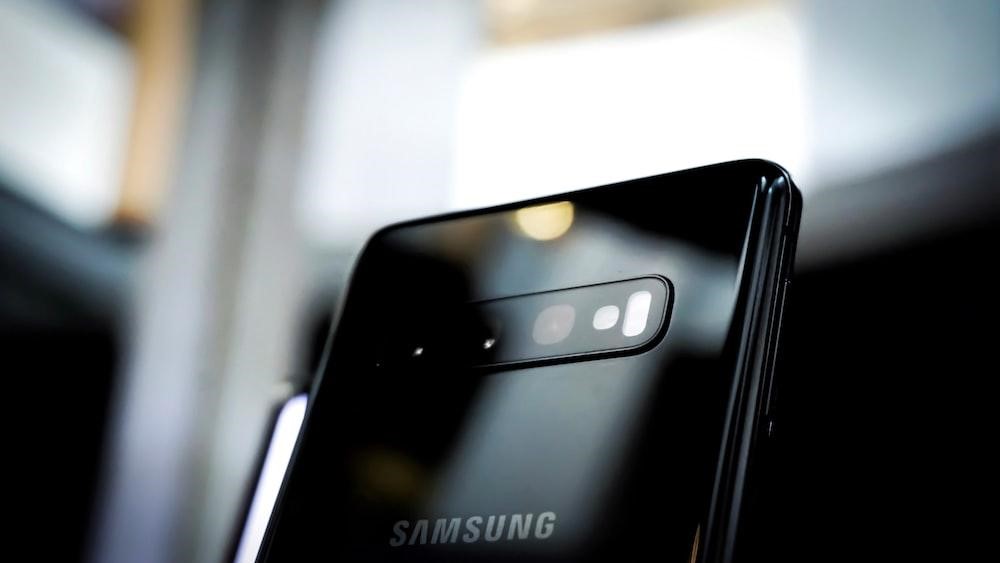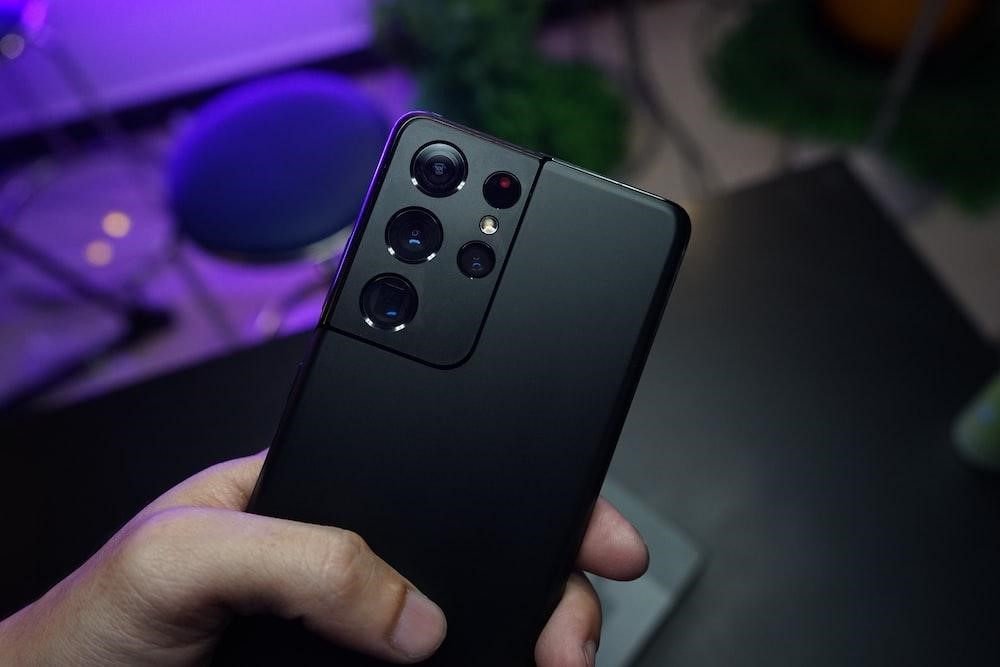The ingress protection (IP) rating is one of the elements used to evaluate the quality of electronic equipment when purchasing it. Testing for water ingress protection determines how well a product can tolerate moisture and water exposure.
Table of Contents
ToggleAssessing how well electrical gadgets can tolerate being wet and wild is essential. The ability of a product to resist water’s advances when plunged into a sea of water determines its value.
Here is all the information you want regarding ingress protection testing.
What Is The Water Ingress Protection (IP) Rating?
Water ingress protection in electronics describes the resilience of an electronic device when exposed to water and moisture and whether it will sustain any damage. During this testing, you submerge the device in water of varying pressures, volumes, and spray angles and monitor for any signs of water penetration, such as a hint of moisture inside the device or a droplet sneaking in through an aperture.
A device that withstands water submersion for over a minute has a higher IP rating and better quality. This rating shows the level of protection where the device comes out unscathed without succumbing to water’s relentless force. Electronic devices like smartphones, watches, and cameras have different water protection ratings that affect their ability to withstand water exposure.
The Goal Of Water Ingress Protection Testing
Water Ingress Protection Testing puts electronic devices to the ultimate test against the elements. First, they are subjected to high-pressure jets of water mimicking the wrath of a raging storm and then plunged into liquid depths.
Water ingress protection testing evaluates a device’s ability to resist water damage or intrusion. Since they may be subject to rain, splashes, and submersion, the testing ensures they can withstand them.
This testing can help know whether a phone can protect its internal components after being plunged into the water. Each device has an IP rating from 0 to 9, which tells the world how prepared it is to repel water.
Different Water Resistance Standards
The International Electrotechnical Commission assigns an IP rating to each electronic device to symbolize its strength and resilience. Each device is rated according to its IP rating, whereas gadgets with a higher number have a mightier defense. For example, a device clad in IP68 can plunge into depths of up to 1 meter for 30 minutes and remain unscathed.
Different water resistance standards exist, where gadgets are put through their paces to earn waterproof stripes. But not all gadgets are the same, and some bear lower IP ratings that limit their protection against the relentless force of water. They may brave the occasional splash or light rain but won’t withstand prolonged exposure, leaving them vulnerable to the elements.
Only the bravest and best devices can withstand this intense pressure without leaking or malfunctioning. Devices that rise to the challenge earn an IP rating From IPX0 to IPX8; each rating signifies the level of water resistance they’ve achieved.
A device with an IPX7 rating can survive submersion in 1 meter of water for 30 minutes. Such a device is certified as a water-resistant champion without a single crack or leak.
Importance Of Water Ingress Protection Testing
Water Ingress protection Testing for electronics is like a baptism of the device’s strength and resilience in the face of water. Since water is an ever-present foe, this testing is the armor that shields electronic devices from potential harm.
With water ingress protection, your electronic gadgets can brave the rain, laugh in the face of splashes, and even dance underwater. For example, through water ingress protection, manufacturers ensure product durability and create products that can be reliable in water and moisture exposure. In other words, exposure to wet and wild conditions does not compromise their performance.
Consumers should consider this testing when buying devices since it eliminates the need for frequent maintenance and repairs anytime there is moisture exposure. Even in the worst weather, you can use the phone without losing functionality or dependability.
Bottom Line
Only choose an electronic device based on your knowledge of its resilience to water and other elements. Your phone may come in contact with water in several circumstances, such as when it’s raining or washing dishes. You need a phone with a better IP rating that can come out of the water unscathed and function properly.



